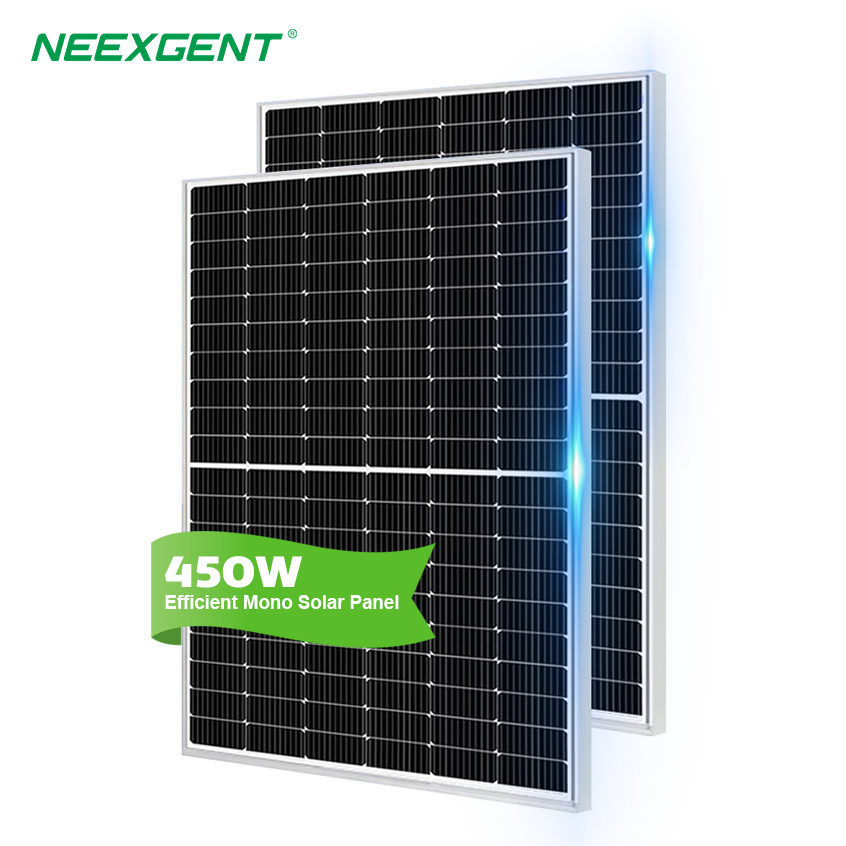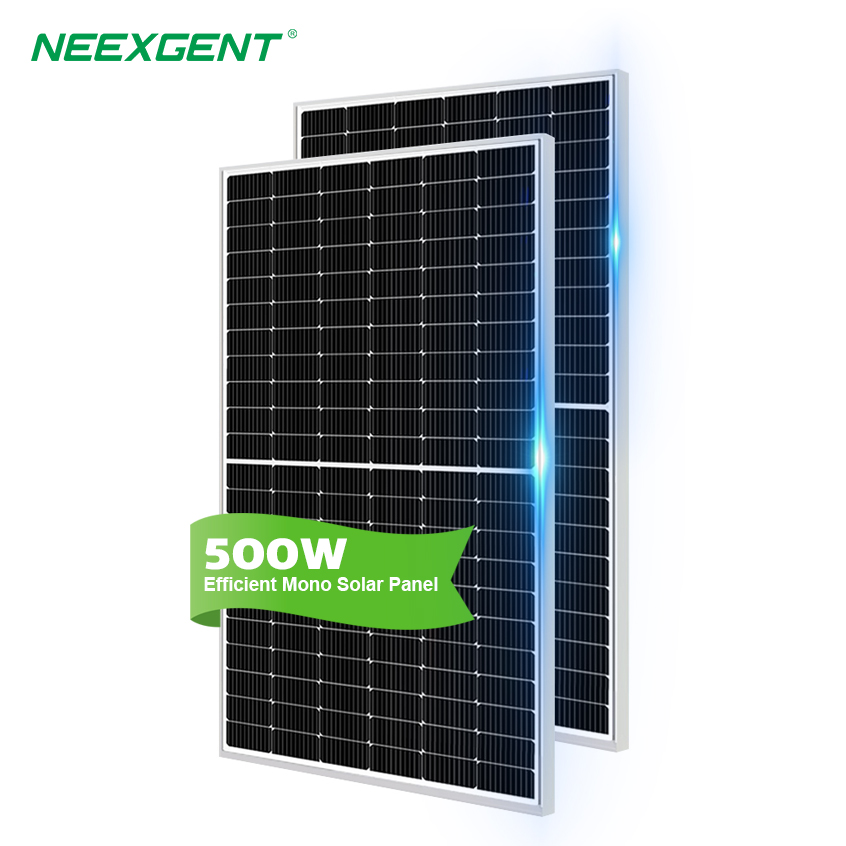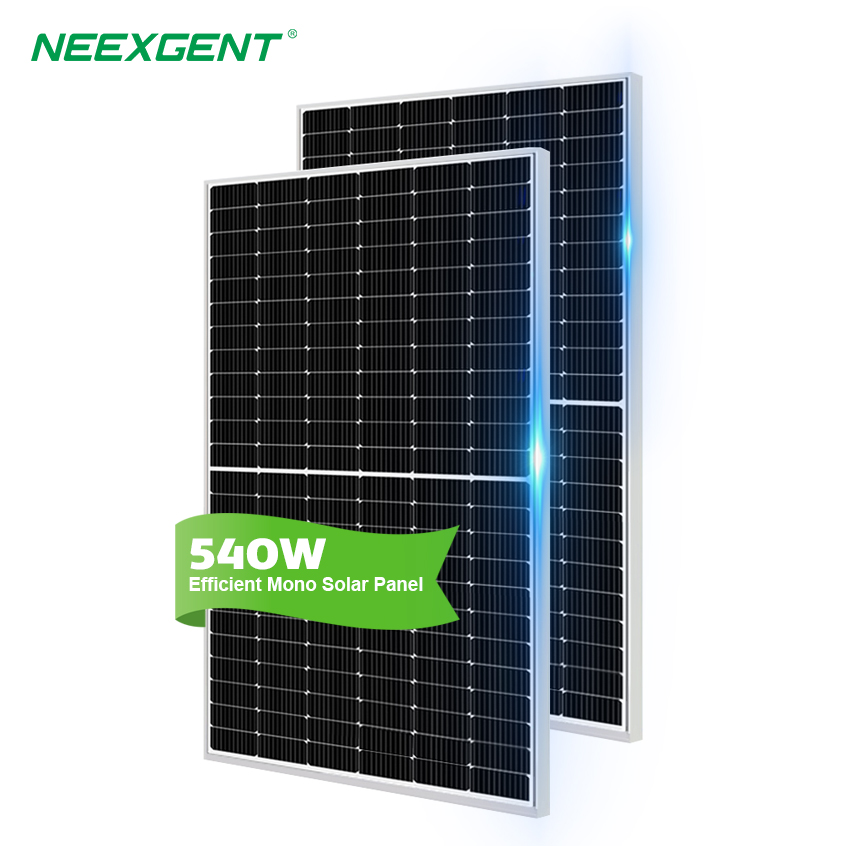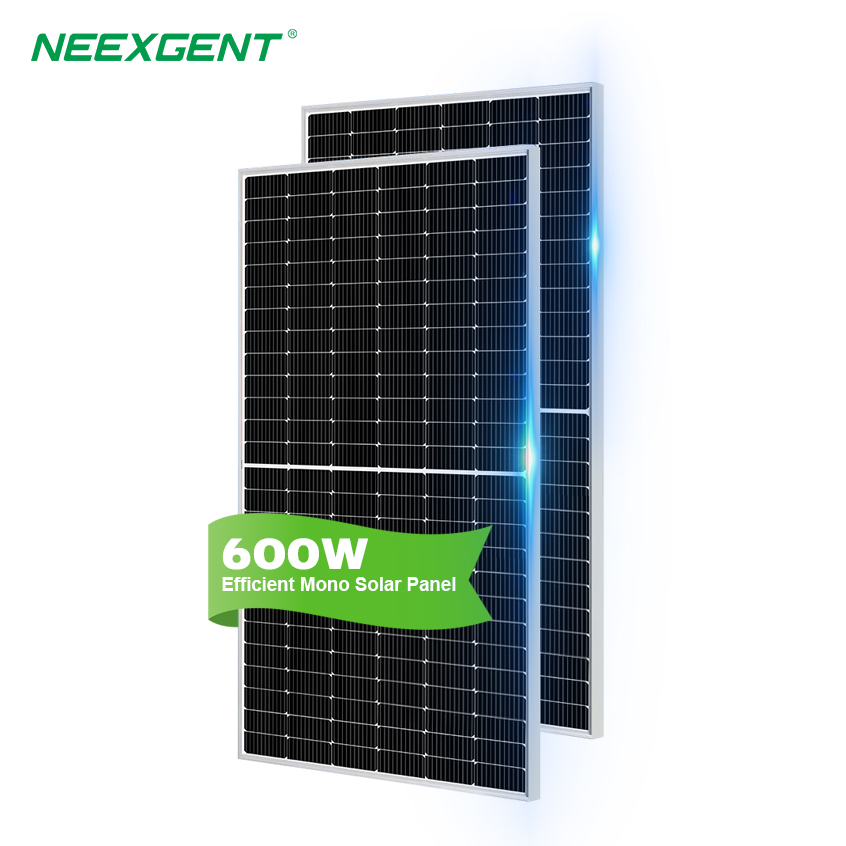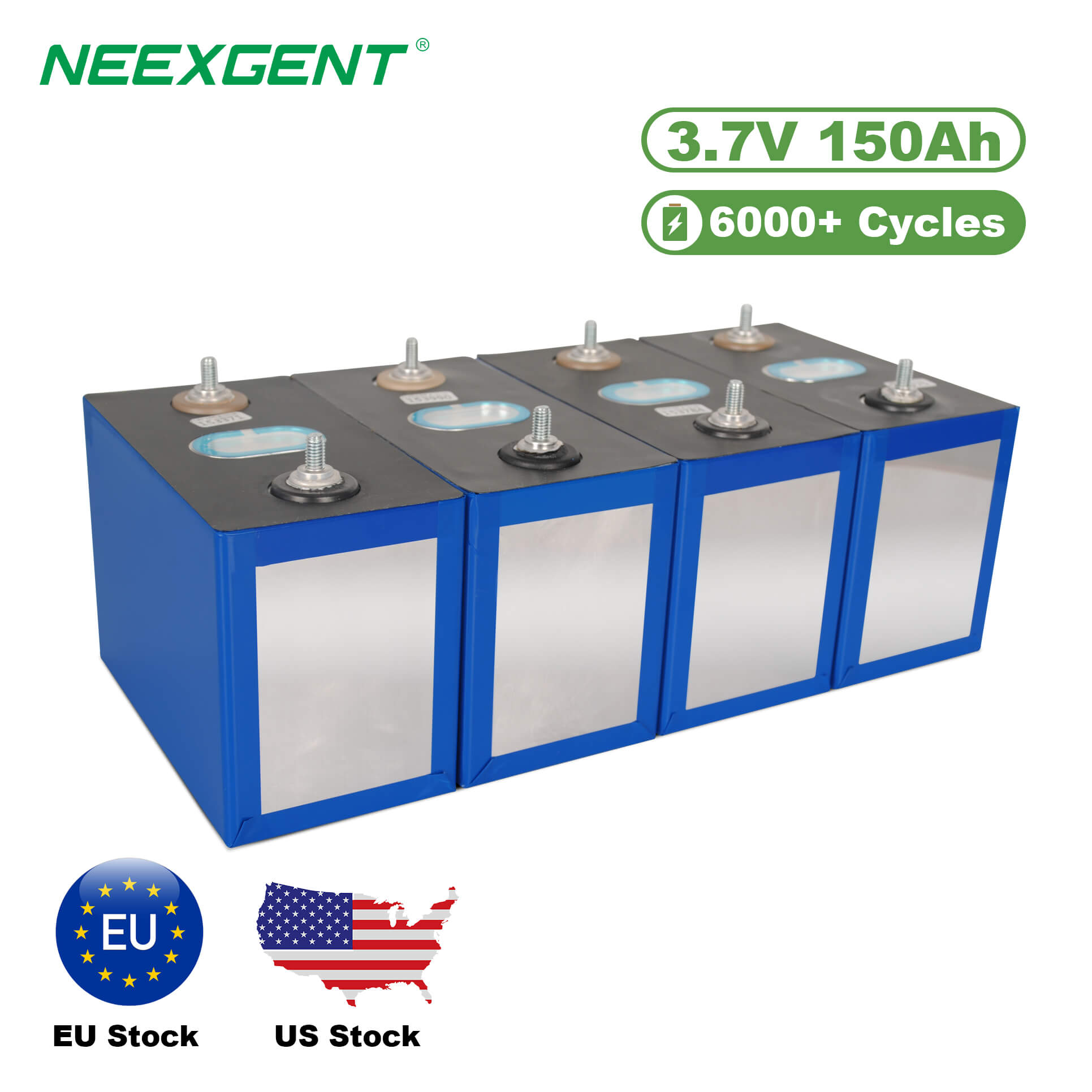Contents:
When considering the installation of solar panels, one of the most crucial aspects is choosing the right mounting system. The solar panel mounting structure is an essential part of the overall solar energy system. It is responsible for securely holding the solar panels in place while also ensuring they are properly angled to receive optimal sunlight exposure. Getting the most value for your investment in mounting systems can make a significant difference in the overall cost and performance of your solar energy setup.
In this article, we will explore the best bang for your buck in solar panel mounting by looking at the most cost-effective options, considering both the material and design of the mounting systems, and analyzing how they affect the performance and longevity of your solar panel installation.
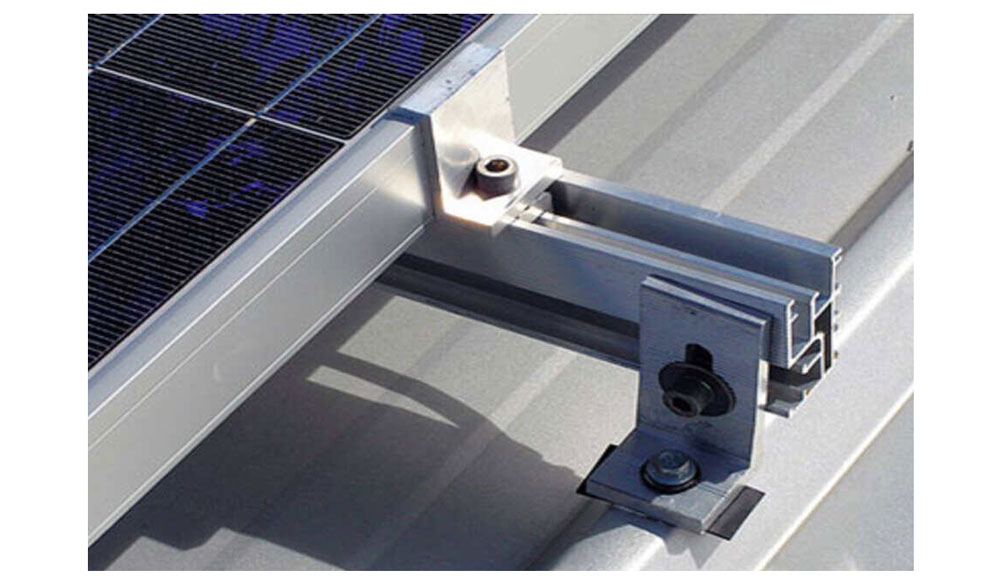
Factors Affecting the Cost of Solar Panel Mounting
The cost of solar panel mounting can vary significantly depending on various factors, including:
-
Material Type: The material used in the mounting system is one of the key cost factors. Materials commonly used include aluminum, steel, and stainless steel. Aluminum, in particular, is lightweight, resistant to corrosion, and offers a balance between cost and durability.
-
Mounting Design: Solar mounting systems come in different designs, such as fixed, adjustable, and tracking mounts. Fixed mounts are the most affordable, but adjustable and tracking mounts allow for more efficient solar energy collection, especially in areas with varying sunlight conditions.
-
Roof Type: The type of roof on which the panels will be installed can influence the mounting costs. A flat roof may require additional ballast or more complex structures, while sloped roofs are often easier and cheaper to work with.
-
Installation Complexity: The complexity of the installation process can also affect the total cost. Some mounting systems are easier to install than others, potentially reducing labor costs.
-
Warranty and Lifespan: Higher-quality mounting systems tend to come with longer warranties and greater durability. Although these systems may have a higher initial cost, they offer better value in the long run as they are less likely to need repairs or replacements.
Types of Solar Panel Mounting Systems
There are several types of solar panel mounting systems available, each catering to different needs and budgets. Here are the most common options:
| Mounting Type |
Pros |
Cons |
Ideal For |
| Fixed Roof Mount |
Low cost, simple installation, good for residential |
Less flexibility, lower efficiency in some regions |
Residential and commercial rooftops with consistent sunlight |
| Adjustable Roof Mount |
Higher efficiency, adjustable angle |
Higher cost, more complex installation |
Areas with seasonal changes in sunlight |
| Ground Mount |
More flexibility, easy maintenance, suitable for large setups |
Requires more space, higher installation costs |
Large-scale residential or commercial installations |
| Solar Trackers |
Maximizes energy production, ideal for varying sunlight |
Expensive, requires maintenance |
Commercial solar farms or areas with high sunlight variation |
How to Choose the Best Value for Your Solar Mounting System
To get the best bang for your buck, it is essential to consider your specific needs and the unique conditions of your installation site. The key to making a wise investment lies in balancing initial costs with long-term benefits.
-
For residential installations, especially in areas with consistent sunlight, fixed roof mounts are often the best value. They provide a cost-effective and reliable solution without unnecessary complexity.
-
For regions with seasonal changes or if you want to ensure maximum energy capture, adjustable mounts can offer more value despite the slightly higher upfront costs. This extra efficiency can pay off over time.
-
If you have the space and budget for larger installations, ground mounts provide greater flexibility, and they make it easier to manage and maintain your solar panels.
-
Solar trackers are best suited for those who want to maximize energy production and are willing to invest in higher upfront costs and ongoing maintenance.
Solar Panel Mounting Efficiency Over Time
The efficiency of a solar panel mounting system can change over time due to various factors like weather, angle adjustments, and maintenance. To better understand how different mounting systems perform over time, let's look at the efficiency comparison based on simulated data.
We’ll use a line chart to visualize the efficiency difference between fixed roof mounts, adjustable roof mounts, ground mounts, and solar trackers over a year. This data will help you assess how the energy production might vary across different types of mounts throughout the seasons.
Long-Term Performance and Maintenance
While solar trackers provide the highest efficiency, they come with higher costs for both installation and maintenance. Ground mounts and adjustable roof mounts also perform well and offer a balance between cost and efficiency. Fixed roof mounts are the most affordable but may be less efficient, particularly in areas with seasonal changes in sunlight.
Regular maintenance, like cleaning the panels and ensuring the mounts are secure, will also play a role in sustaining the efficiency of any system. For regions with extreme weather conditions, using corrosion-resistant materials such as aluminum or stainless steel in your mounting system is recommended to ensure longevity.
Key Factors in Choosing the Right Solar Panel Mounting System
When selecting a solar panel mounting system, several key factors must be considered to ensure that the installation is both efficient and cost-effective. These factors range from the environmental conditions of the installation site to the specific energy needs of the user. Understanding these considerations will help you choose the best mounting system for your solar panels.
| Mounting Type |
Cost |
Efficiency |
Maintenance |
Best for |
| Fixed Roof Mount |
Low |
Moderate |
Low |
Residential roofs with limited space |
| Adjustable Roof Mount |
Moderate |
High |
Low |
Residential and commercial roofs |
| Ground Mount |
Moderate to High |
High |
Moderate |
Agricultural, commercial, off-grid installations |
| Solar Tracker |
High |
Very High |
High |
Large-scale commercial, utility applications |
When selecting a solar panel mounting system, the key is to find the right balance between cost, efficiency, and long-term performance. While each system offers distinct advantages, the choice ultimately depends on your specific circumstances, including your available space, budget, and energy requirements.
It’s important to remember that while initial costs might vary, the return on investment (ROI) can be significant in the long run. Systems that offer higher efficiency, like solar trackers, may cost more upfront, but they can provide higher energy yields, leading to faster payback periods in large-scale applications. On the other hand, fixed roof mounts and adjustable roof mounts are ideal for residential users seeking a more economical solution while still benefiting from reliable solar energy generation.
Maintenance plays a crucial role in the lifespan and performance of your mounting system. Regular checks and cleaning can help ensure that your panels continue to operate efficiently for years. Whether you opt for roof-mounted systems or ground mounts, choosing a durable and easy-to-maintain system is essential to minimize future upkeep costs.
By thoroughly assessing your needs and understanding the characteristics of each mounting system, you can make an informed decision that maximizes both the financial and environmental benefits of solar energy.
FAQs

